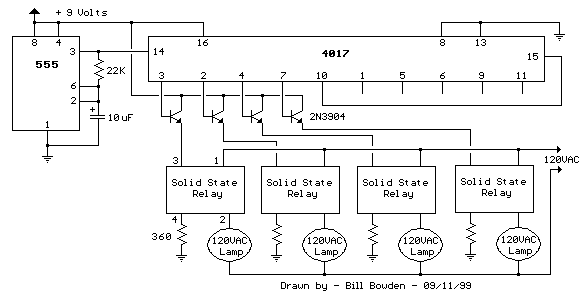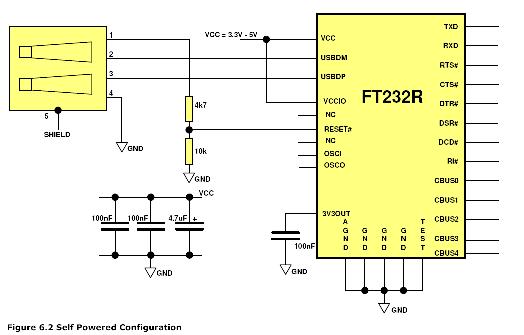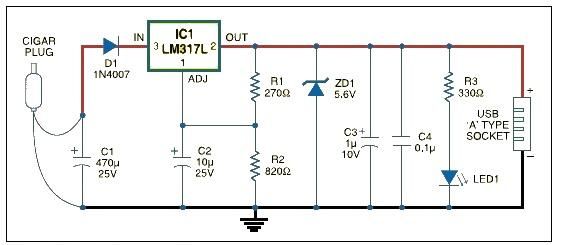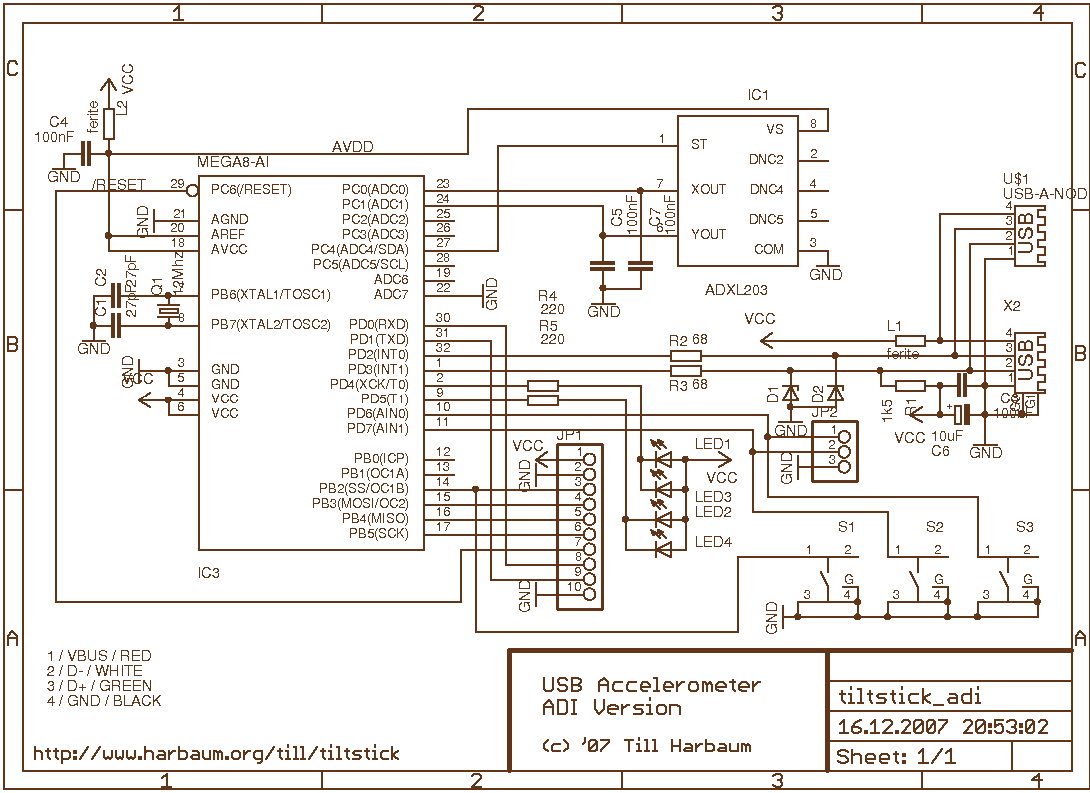
The Itsy-Bitsy USB Lamp
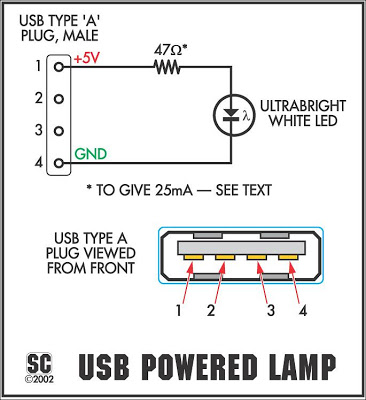
It connects to the USB port and is ideal for checking motherboard switch and jumper settings. Many users may recall a commercial product of a similar nature.
This device serves as a USB-based diagnostic tool designed to facilitate the verification of motherboard switch and jumper configurations. It is particularly useful for computer technicians and enthusiasts who need to troubleshoot or optimize motherboard functionality.
The circuit typically consists of a microcontroller that interfaces with the USB port, allowing for easy connection to a computer or laptop. The microcontroller is programmed to read the status of various switches and jumpers on the motherboard, providing real-time feedback through an LED display or software interface.
The device may include several input pins that connect directly to the motherboard's jumper settings, allowing the user to monitor the state of each jumper (open or closed). Additionally, it may feature a simple user interface with buttons to cycle through different settings or modes, enabling the user to perform various diagnostic functions.
Power for the circuit is supplied through the USB port, eliminating the need for an external power source, which enhances portability and ease of use. The compact design allows for easy transport and storage, making it a valuable tool for both fieldwork and in-lab diagnostics.
Overall, this USB diagnostic tool represents an efficient solution for monitoring and adjusting motherboard configurations, streamlining the troubleshooting process for both novice and experienced users alike.It plugs into the USB port and is just the shot for checking motherboard switch and jumper settings. Many readers will remember a commercial product of a.. 🔗 External reference
This device serves as a USB-based diagnostic tool designed to facilitate the verification of motherboard switch and jumper configurations. It is particularly useful for computer technicians and enthusiasts who need to troubleshoot or optimize motherboard functionality.
The circuit typically consists of a microcontroller that interfaces with the USB port, allowing for easy connection to a computer or laptop. The microcontroller is programmed to read the status of various switches and jumpers on the motherboard, providing real-time feedback through an LED display or software interface.
The device may include several input pins that connect directly to the motherboard's jumper settings, allowing the user to monitor the state of each jumper (open or closed). Additionally, it may feature a simple user interface with buttons to cycle through different settings or modes, enabling the user to perform various diagnostic functions.
Power for the circuit is supplied through the USB port, eliminating the need for an external power source, which enhances portability and ease of use. The compact design allows for easy transport and storage, making it a valuable tool for both fieldwork and in-lab diagnostics.
Overall, this USB diagnostic tool represents an efficient solution for monitoring and adjusting motherboard configurations, streamlining the troubleshooting process for both novice and experienced users alike.It plugs into the USB port and is just the shot for checking motherboard switch and jumper settings. Many readers will remember a commercial product of a.. 🔗 External reference
Warning: include(partials/cookie-banner.php): Failed to open stream: Permission denied in /var/www/html/nextgr/view-circuit.php on line 713
Warning: include(): Failed opening 'partials/cookie-banner.php' for inclusion (include_path='.:/usr/share/php') in /var/www/html/nextgr/view-circuit.php on line 713
